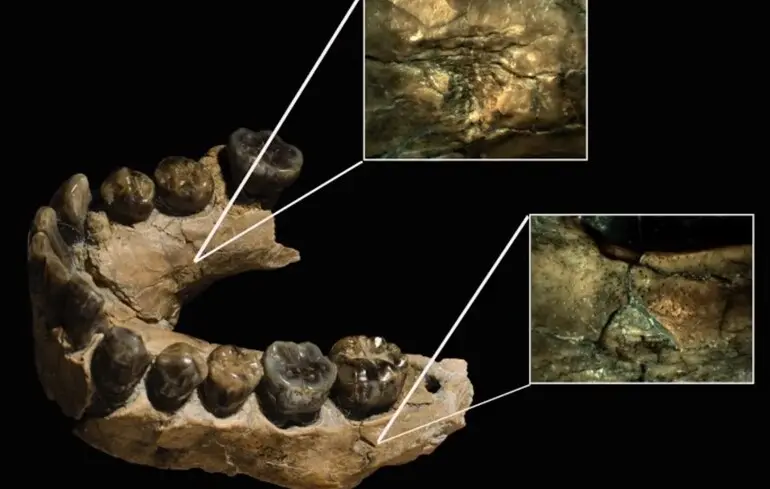How prehistoric humans became prey to leopards and what it reveals about human evolution

Recent discoveries in anthropology are dramatically reshaping our understanding of early human life.
Researchers have delved into ancient history and uncovered evidence that Homo habilis, one of our most well-known ancestors, was not an apex predator as previously thought, but rather preyed upon by large cats such as leopards.
This transformative finding challenges traditional narratives about the transition from primitive hominins to more advanced species.
Approximately two million years ago, human evolution took an unexpected turn.
Early humans living in East Africa began to survive not just by developing tools or fending off predators, but by adapting to the threat of big cats — notably leopards.
Scientists believe these predators kept early humans in a constant state of danger, emphasizing their role as prey rather than predators.
New research, based on analysis of ancient hominin remains, suggests that earlier assumptions about gnawed bones being primarily the result of scavenging by hyenas are now being reconsidered.
Using artificial intelligence, researchers were able to determine with about 90% accuracy that the bite marks on the bones were inflicted by leopard teeth.
This indicates that some Homo habilis individuals likely fell victim to these big cats.
This discovery sheds new light on the behavior and survival strategies of our ancient ancestors.
Furthermore, it questions long-held beliefs that Homo erectus was the first human species to fight back against predators.
The evidence suggests that H.
erectus, which emerged around the same time as H.
habilis, was better adapted to terrestrial life and potentially more capable of defending itself from big cats.
Archaeological findings, such as spearheads or nails embedded in skulls from the Iron Age, provide additional insights into early humans’ methods of self-defense.
These insights help us better understand the pivotal evolutionary shift from prey to predator and reveal how early humans developed resilience against deadly predators, paving the way for later advances in hunting, tool use, and social cooperation.

